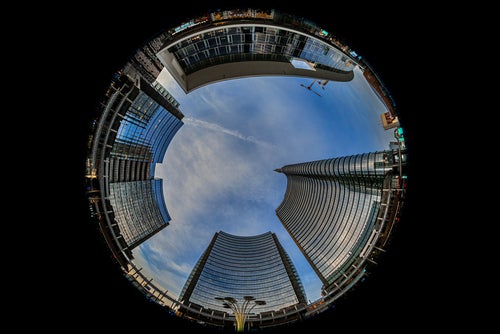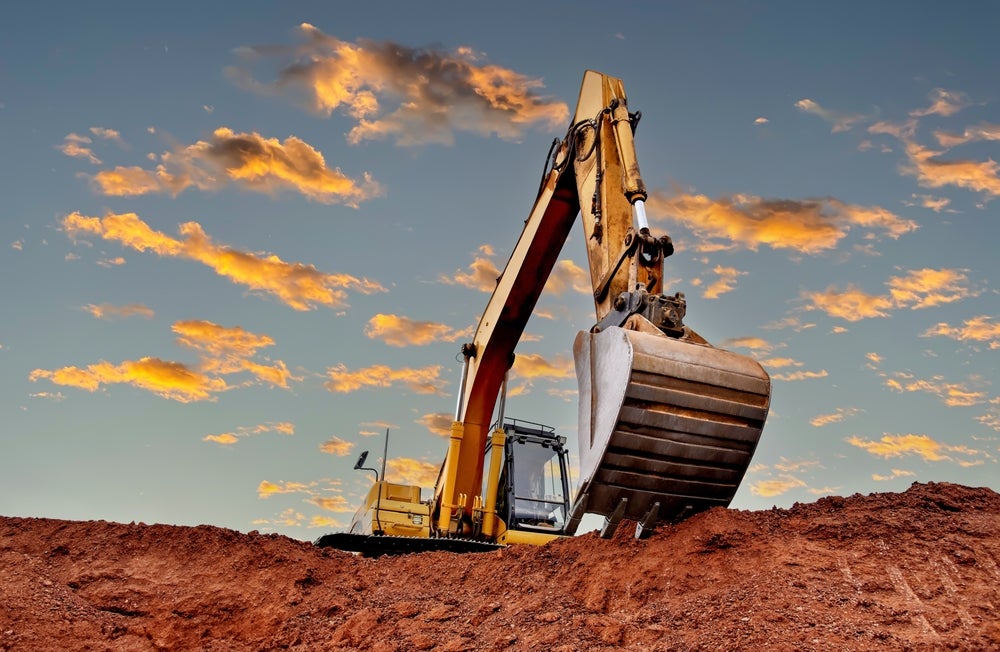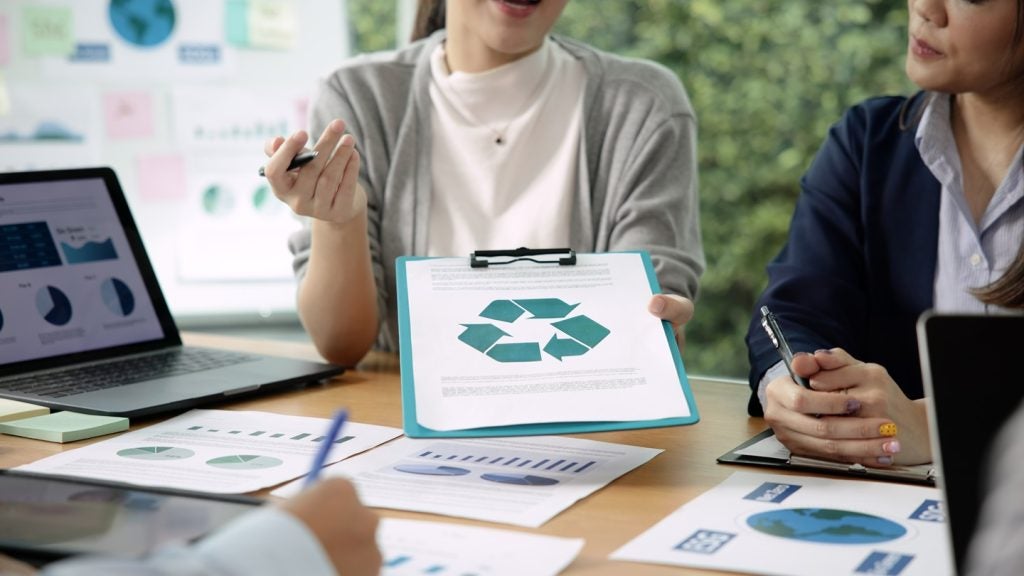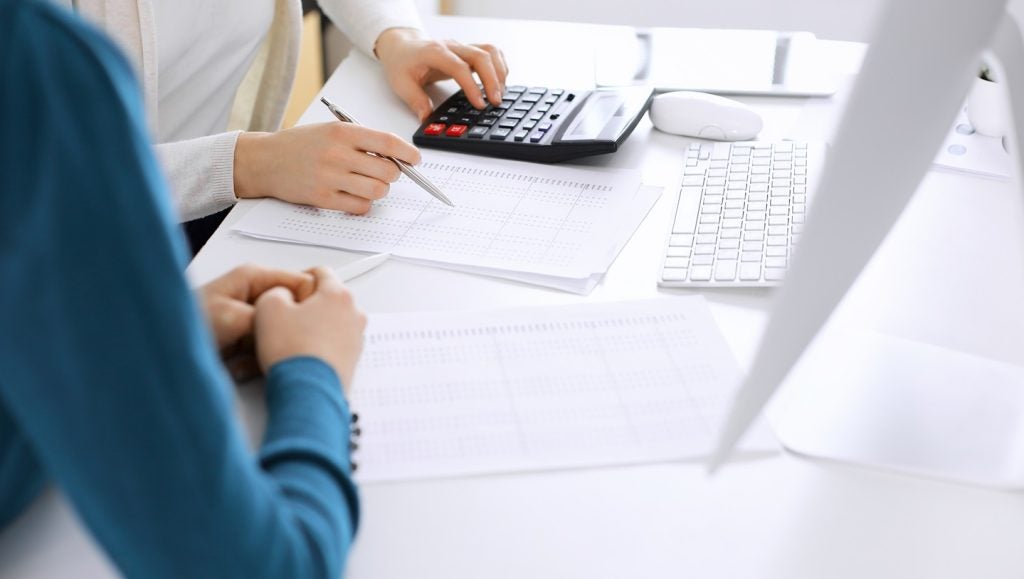
Circular procurement of equipment adds value to all parties along the supply/value chain. In this article, Gregory Autin, a circular economy advocate, explores how the circular economy offers opportunities to manufacturers, dealers, resellers, authorised third-party refurbishment companies, service companies, and rental and leasing companies.
Sustainable procurement underlies the circular economy concept.
A sustainable supply chain is a network between a company and its suppliers to produce and distribute a specific product or service that adopts sustainable development principles and such sustainable practices as sustainable utilities, sustainable materials and equipment, sustainable construction, and sustainable finance. For the implementation of a sustainable supply chain, companies must become aware of the environmental, social and governance (ESG) impact of their business operations and the need to adapt.
A circular procurement framework is the business model and strategy that outlines the intervention points to make the purchasing choices of companies more circular, optimise capacity utilisation, and extend the effective useful life of products and assets. A company’s approach to sustainable procurement and circular supply chain management depends on the circular economy business model it adopts, its industry, sector, geography, and other factors as well as its location along the supply chain value chain.
Sustainable supply-chain management (SSCM) is the management of materials, information and capital flows, and cooperation among firms along a supply chain while considering the goals of sustainable development and applying sustainable development principles. It applies the concepts of the circular economy along all activities of companies to enhance the sustainability of their supply chains.
Circular models
Circular business models have the strategic objective to extend the effective useful life of materials, products and assets and to design out waste from production and consumption. Circular business models require a specific configuration of existing and new capabilities to function optimally.
How well do you really know your competitors?
Access the most comprehensive Company Profiles on the market, powered by GlobalData. Save hours of research. Gain competitive edge.

Thank you!
Your download email will arrive shortly
Not ready to buy yet? Download a free sample
We are confident about the unique quality of our Company Profiles. However, we want you to make the most beneficial decision for your business, so we offer a free sample that you can download by submitting the below form
By GlobalDataCircular business models focus on a different phase of the value chain, either the design and manufacturing phase, the use phase, or the value-recovery phase. The strategies increase stakeholder benefit along the value chain by modifying the pattern of product and material flows through the economy and optimising capacity utilisation.
Circular-design models apply reduce/recycle strategies in a product’s design/production phases by focusing on the development of existing or new products and processes that optimise circularity. Traditional material inputs from virgin resources are replaced with bio-based, renewable or recovered materials and reduce demand for virgin resource extraction.
Optimal-use models apply reuse/repair/repurpose/refurbish/remanufacture strategies in a product’s use phase with the aim to increase the value and use of the product during its effective useful life. The business models often build on retained ownership of a product by providing it as a service rather than selling it (e.g. service as a product or equipment leasing) and/or take responsibility for the product throughout its useful life through maintenance service and add-ons to extend the life of the product.
Value-recovery models apply recycle/recover strategies that focus on the recovery and recycling of products and materials after use into new products or useful resources, thereby reducing wastage and conserving resources. It involves reverse logistics, where the product is returned to the manufacturer or distributor for servicing, refurbishment or recycling.
For all business models, circular support involves the management and coordination of circular value networks, resource flows, incentives and other supporting activities in a circular network. It includes the development or deployment of technologies that facilitate the operation of circular business models.

Opportunities
Circular models can host cost-effective collection and return systems for goods, materials and other resources as well as asset-sharing schemes (e.g. car sharing) and systems for product or component reuse (e.g. automotive parts). Communities facilitate the closing of circular loops through the refurbishing, remanufacture, recycle, or otherwise reuse of products within their neighbourhood and economic base.
The transition to a circular economy can be challenging, especially for those companies with structures, strategies, operations, and supply chains that are rooted in the traditional linear economy. The transition from a linear to a circular economy requires the transformation of production processes, investments and the modification of processes, feedstock, equipment and output as well as staff re-training and cooperation within the value chain.
Two of the main obstacles to transition are the lack of standardisation in ESG criteria and economic incentives or economic disincentives. Both call for government action and policy instruments to encourage transformation to a circular economy.
Gregory Autin is the managing director of AUTIN&Co







